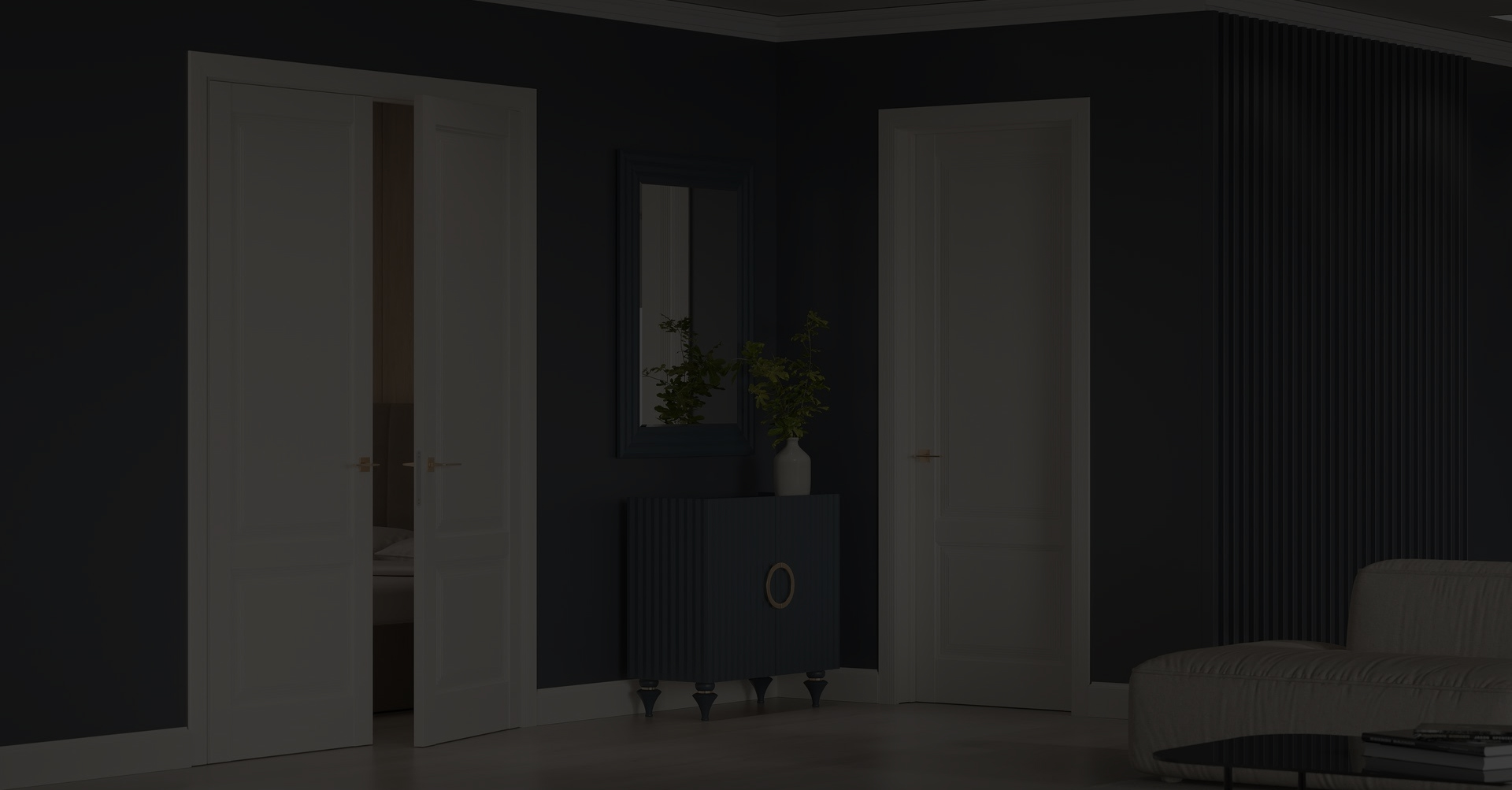Effective Solutions for Sealing Gaps Under Doors to Prevent Drafts
Understanding Door Draft Sweeps A Comprehensive Guide
As energy efficiency becomes a significant concern for homeowners and businesses alike, many seek ways to improve insulation within their spaces. One often-overlooked solution is a door draft sweep. This simple yet effective tool can significantly reduce energy costs, enhance comfort, and even improve indoor air quality.
What is a Door Draft Sweep?
A door draft sweep is a barrier placed at the bottom of a door to prevent cold air, dust, and insects from entering a room. It essentially seals the gap between the door and the floor, which can be a sizable source of drafts in homes and offices. Available in various materials, including rubber, vinyl, and brush, draft sweeps can be easily installed and are a cost-effective solution for anyone looking to improve their space's energy efficiency.
Benefits of Using Door Draft Sweeps
1. Energy Savings One of the primary advantages of door draft sweeps is their ability to reduce energy costs. By minimizing drafts, they help maintain a consistent indoor temperature, allowing heating and cooling systems to run more efficiently. According to the U.S. Department of Energy, sealing air leaks can lead to energy savings of 10 to 20 percent. This can translate to significant savings on energy bills over time.
2. Enhanced Comfort A drafty home can lead to uncomfortable temperature fluctuations. Draft sweeps provide an effective barrier against cold air, making living spaces more comfortable during the colder months. Additionally, they help keep spaces cooler in the summer months by preventing hot air from entering.
3. Improved Indoor Air Quality Gaps around doors can allow dust, pollen, and other allergens to enter your space. Door draft sweeps can help mitigate this issue by sealing these openings, contributing to a healthier indoor environment. This is especially important for allergy sufferers who may be sensitive to external contaminants.
4. Noise Reduction Draft sweeps can also act as sound barriers, minimizing the amount of noise that enters or leaves a room. This is particularly beneficial in urban settings or in homes where peace and quiet are essential for comfort.
5. Pest Control A lesser-known benefit of door draft sweeps is their role in pest management. By sealing gaps, these devices can help deter insects and rodents from entering your home, providing an added layer of protection.
door draft sweep

Installing a Door Draft Sweep
Installation of a door draft sweep is straightforward and can usually be done as a DIY project. Most door sweeps come with adhesive backing or are designed to be screwed directly into the bottom of the door. Here’s a simple step-by-step guide to installation
1. Measure the Door Determine the width of your door to ensure the sweep fits correctly. Measure the height from the bottom of the door to the floor, accounting for any floor coverings.
2. Select the Right Sweep Choose a draft sweep that fits your needs. Consider factors like the door material, the gap size, and whether you prefer a brush, rubber, or vinyl sweep.
3. Prepare the Surface Clean the bottom edge of the door to ensure a good seal. Remove any dust, mud, or debris that may interfere with the sweep’s adhesion.
4. Install the Sweep Follow the manufacturer's instructions for installation. If it’s adhesive, peel off the backing and press it firmly against the door's bottom edge. If it requires screws, drill pilot holes and secure the sweep in place.
5. Test the Seal After installation, check for any remaining gaps and make adjustments as necessary. A good seal should be snug enough to block drafts without hindering the door’s movement.
Conclusion
In a world increasingly focused on efficiency and comfort, a door draft sweep represents a small investment with significant benefits. By reducing energy consumption, enhancing comfort, improving air quality, and providing pest control, these simple devices can make a substantial difference in any home or workplace. Investing in a door draft sweep not only contributes to sustainable living but also enhances the overall quality of your indoor environment.
-
Under Door Draught Stopper: Essential ProtectionNewsJul.31,2025
-
Garage Door Seal and Weatherstrips for ProtectionNewsJul.31,2025
-
Edge Banding Tape for Perfect EdgesNewsJul.31,2025
-
Table Corner Guards and Wall Corner ProtectorsNewsJul.31,2025
-
Stair Nose Edging Trim and Tile Stair SolutionsNewsJul.31,2025
-
Truck Bed Rubber Mats for Pickup BedsNewsJul.31,2025
-
Window Weather Stripping for Noise ReductionNewsJul.29,2025